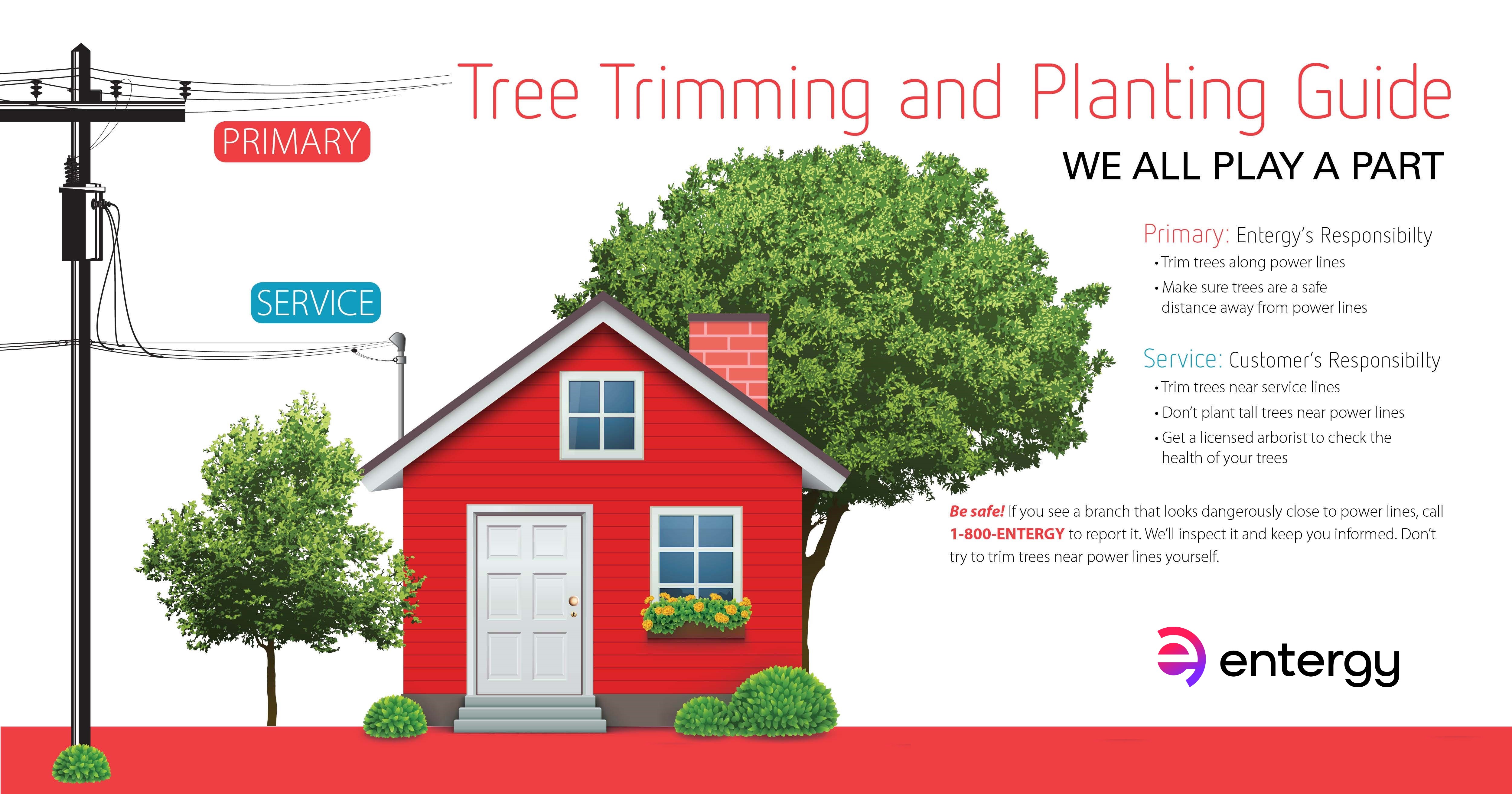Adhering To Tree Removal, It Is Critical To Take Care Of Your Landscape To Guarantee Its Restoration; Find The Vital Actions To Rejuvenate Your Location And Stop Future Difficulties
Adhering To Tree Removal, It Is Critical To Take Care Of Your Landscape To Guarantee Its Restoration; Find The Vital Actions To Rejuvenate Your Location And Stop Future Difficulties
Blog Article
Team Author-Tate Cho
After a tree's removal, your landscape may look quite various, and it's essential to assess the aftermath meticulously. You'll want to examine the dirt disruption and check bordering plants for any type of signs of tension. Overlooking these factors can cause larger problems down the line. So, what should you do with those stumps and roots? And how do you pick the most effective plants for your revitalized space? Let's check out these essential steps.
Analyzing the Aftermath: Assessing Your Landscape
After a tree elimination, it's critical to analyze your landscape to comprehend the impact it carries your yard.
Beginning by examining the location where the tree stood. Look for indicators of dirt disruption, and check the surrounding plants for any kind of stress and anxiety or damage.
You ought to additionally bear in mind of exactly how the removal has altered sunlight exposure and air flow in your yard. This change can influence the growth of neighboring plants, so it's vital to review their health and wellness.
Think about the aesthetic elements too; the removal could create an open space that you can redesign.
Lastly, think of any kind of prospective erosion concerns that could arise from the tree's lack. Addressing these elements early will help bring back equilibrium to your landscape.
Handling Stumps and Roots: Choices for Removal
As soon as you have actually evaluated the consequences of the tree elimination, you'll likely need to deal with the stump and roots left behind.
just click the next site have a few alternatives for removal. One reliable approach is stump grinding, where an expert makes use of a device to grind the stump to underground degree. This approach leaves very little disruption to your landscape.
If How To Remove Tree Stump like a do it yourself approach, you can use a combination of digging and chemical stump removers. Just bear in mind, this process can take some time and effort.
Additionally, take into consideration leaving the stump as a natural feature, which can serve as an one-of-a-kind garden component or environment for wildlife.
Whatever you choose, resolving the stump and roots is essential for recovering your landscape.
Choosing the Right Plant Kingdoms for Your New Room
As you evaluate your freshly gotten rid of space, choosing the right plants can substantially improve your landscape's elegance and functionality.
Start by taking into consideration the sunlight and soil problems. For sunny locations, go with drought-resistant plants like lavender or succulents. In shaded places, ferns and hostas flourish well.
Think of the size and growth practices of your plants; mix perennials and annuals for seasonal variety. Don't forget to incorporate indigenous types; they need less upkeep and support local wild animals.
Team plants in weird numbers for an extra natural appearance and develop layers for visual depth.
Ultimately, How To Prune Apple Trees have a mix of colors and appearances to maintain your landscape vibrant throughout the periods.
Delighted planting!
Verdict
In conclusion, restoring your landscape after tree elimination is a fulfilling procedure. By assessing the after-effects, dealing with stumps and roots, and selecting the right plants, you'll create a successful setting. Don't neglect to incorporate disintegration control actions to secure your soil. With a little initiative and treatment, you can transform your space right into a vibrant garden that improves your building. Welcome the chance to revitalize your landscape and appreciate the elegance of nature right in your backyard!
